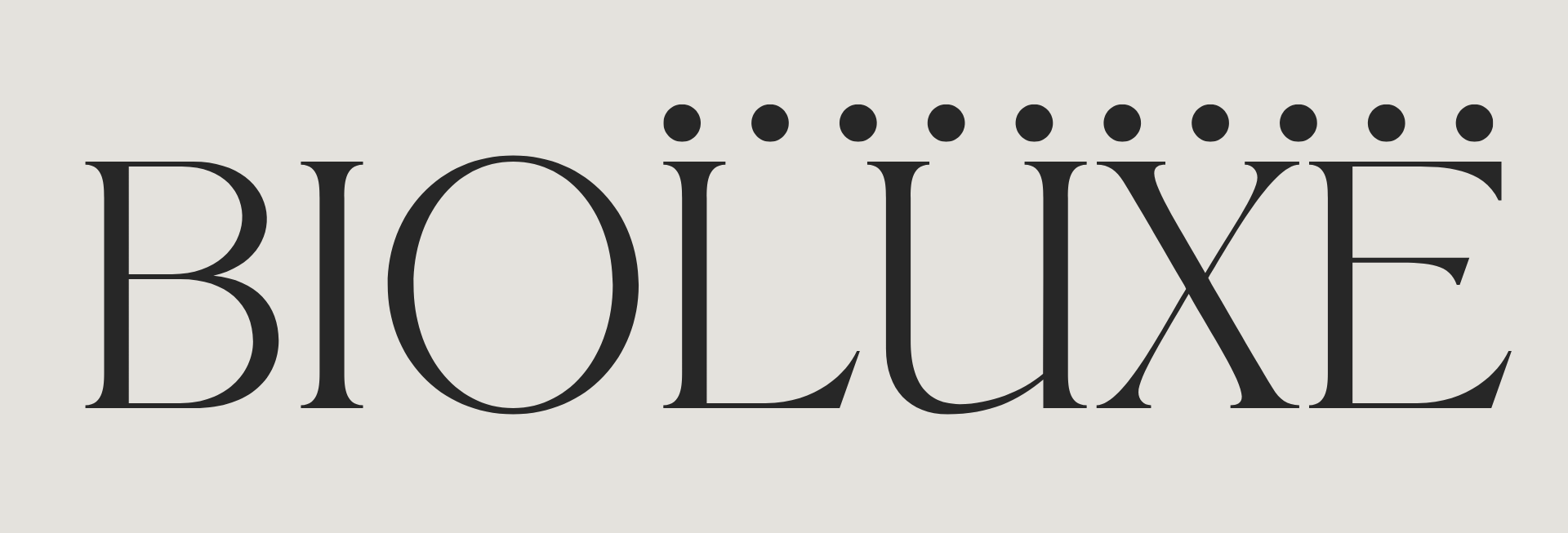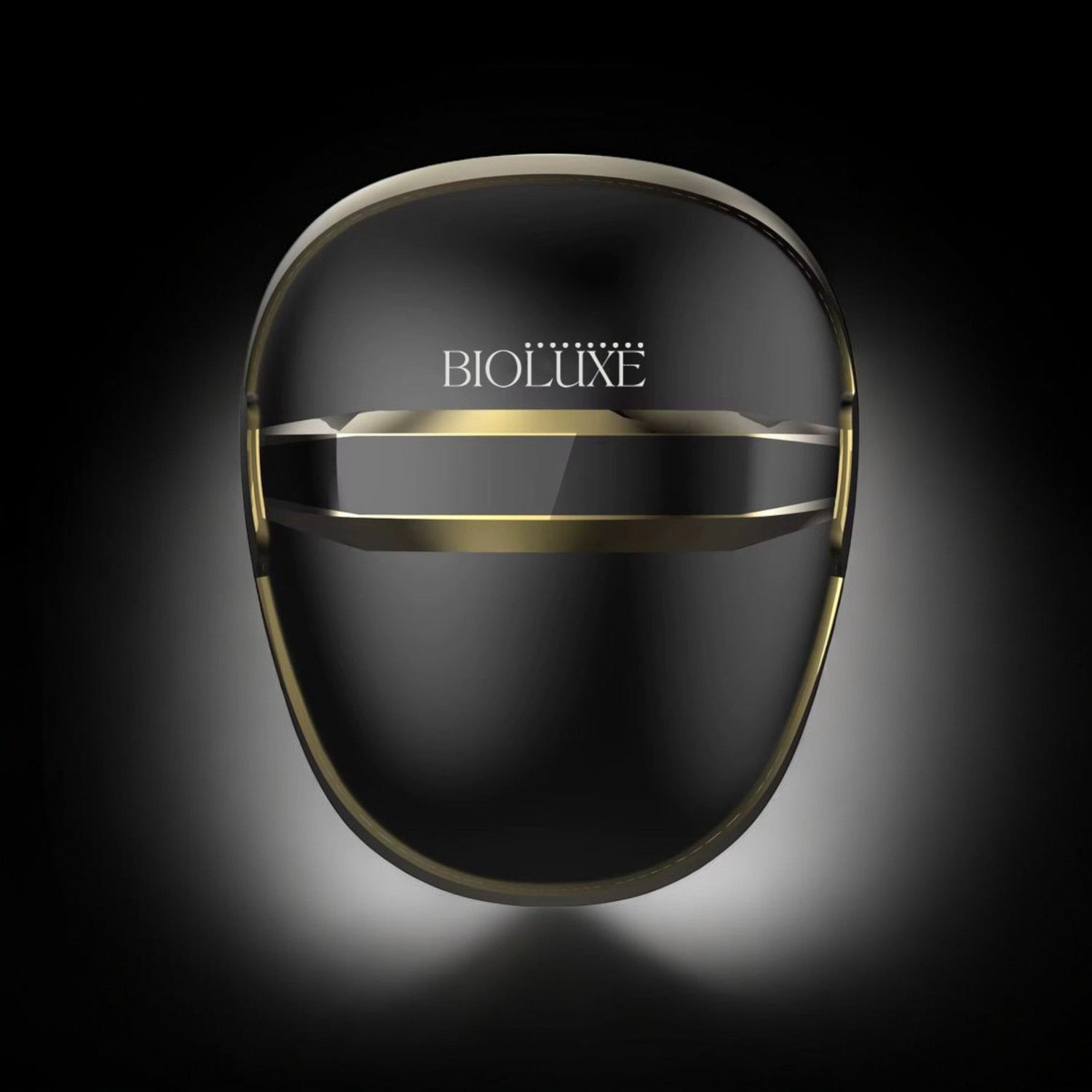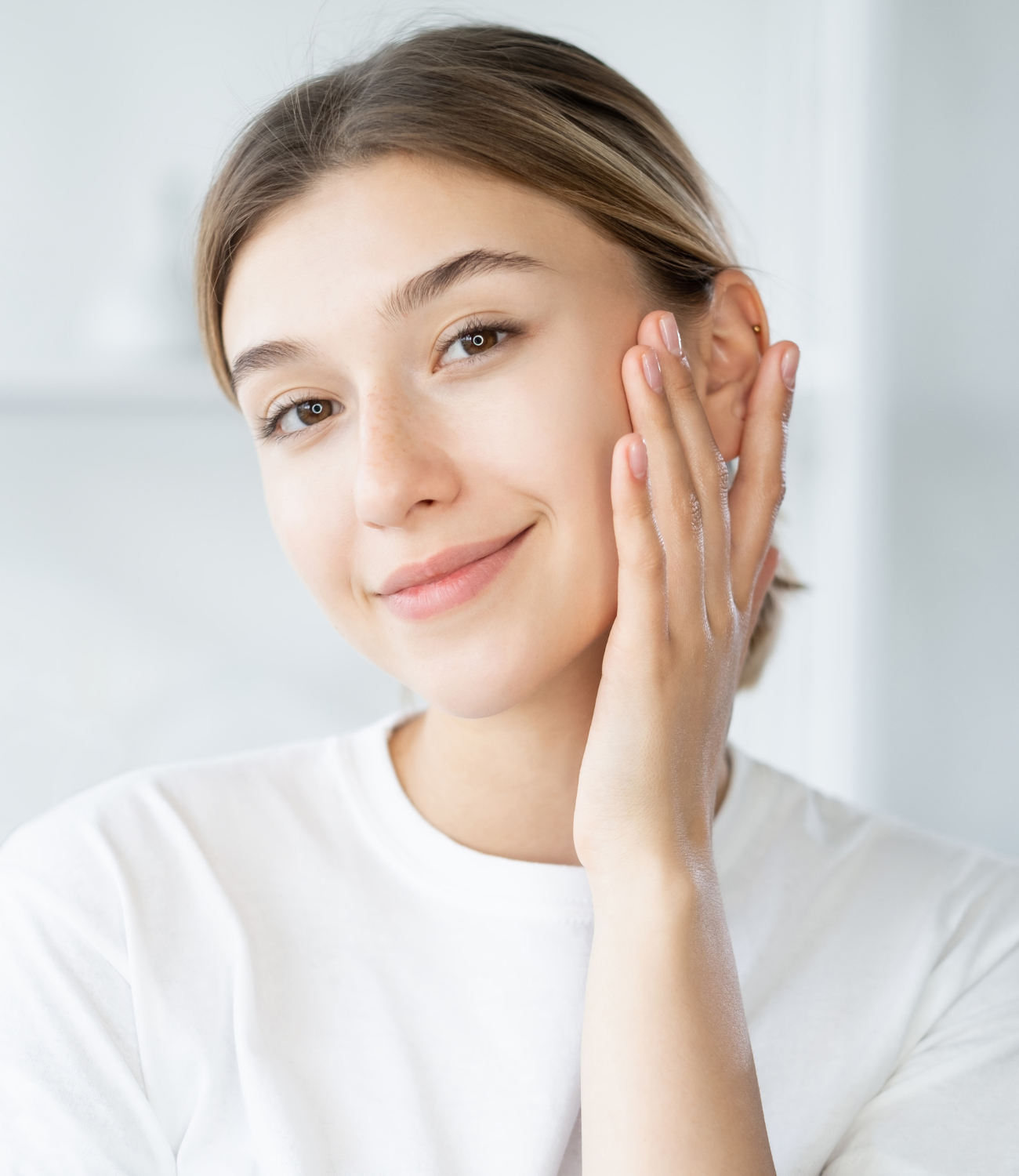Introduction
If you’ve asked yourself, “does LED therapy really work?”, you’re not alone. Interest in LED light therapy has surged—especially for skin rejuvenation, acne, anti‑aging, hair growth, pain relief, and wound healing. Brands and at-home masks claim dramatic results—but what does the science actually show?
In this post, we’ll break down the evidence-based benefits, limitations, safety concerns, and practical guidance so you can make informed decisions or confidently educate your customers.
Buy the Bioluxe LED mask here: www.bioluxeuk.com
What Is LED Therapy?
LED therapy, also known as photobiomodulation (PBM) or low‑level light therapy, uses specific wavelengths—blue, red, near-infrared (NIR)—to deliver non‑thermal light into skin or tissues. It’s approved as a safe cosmetic procedure by the FDA for certain uses and is widely employed in dermatology for inflammation, acne, rosacea, and alopecia
Science-Backed Benefits
Acne & Skin Rejuvenation
A recent meta‑analysis of 31 studies (554 screened; 31 included) found red and blue LED lights significantly reduce acne lesions, with standardized mean difference SMD ≈ –2.42 (95% CI: –2.64 to –2.15; low heterogeneity I² = 17%) PubMed. Yellow and NIR LEDs also delivered consistent improvement in psoriasis, herpes simplex, and general skin rejuvenation (I² = 0–33%).
Another systematic review emphasized that LED therapy is an emerging, safe tool for treating inflammatory skin conditions, aging, and hair disorders PubMedPubMed+1.
Wound Healing & Inflammation
In photo‑aged skin, red/NIR LEDs support fibroblast proliferation, collagen synthesis, and enhanced blood flow—all essential for healing and rejuvenation ncbi.nlm.nih.gov+14aestheticnursing.co.uk+14Europe PMC+14.
Psoriasis & Other Conditions
One review on psoriasis found LED‑blue light carried a grade B recommendation, while red/NIR combinations earned a grade C—pointing to moderate-level evidence of benefit in psoriasis treatment PubMed.
Pain, Muscle Recovery & Cognitive Function
While evidence in dermatology is strongest, some studies support LED/PBM for musculoskeletal pain and exercise recovery. A systematic review of muscle studies revealed that pre‑exercise LED treatment delayed fatigue, reduced muscle damage, and enhanced recovery—with effects being dose dependent meridian.allenpress.comncbi.nlm.nih.gov.
Early trials also show transcranial LED therapy can improve attention, working memory, and reaction time in cognitive tasks (SMD ≈ 0.66–1.41; significant results across 24 RCTs, 820 participants) researchgate.net.
Limitations & Considerations
-
Depth of Penetration: One Imperial College London–commissioned study concluded LED light generally reaches only the outermost skin layer, in contrast to lasers, which can penetrate deeper and affect more gene expression (~45 genes vs only one for LEDs) thetimes.co.uk.
-
Study Quality & Size: Many trials are small, industry-funded, or use variable protocols. As noted by dermatologists, larger, independent RCTs are still needed glamour.com.
-
Modest, Gradual Results: Most users report visible improvements within 4–6 weeks with consistent use (2–5 sessions per week) glamour.com.
-
Device Quality Matters: Efficacy depends on wavelength, power density, and fit—home masks are less potent than in-clinic devices glamour.com.
-
Minimal Side Effects — but Not None: LEDs are generally safe, with rare cases of redness, itching, or mild allergic reactions. They do not cause thermal damage like lasers might pmc.ncbi.nlm.nih.goven.wikipedia.org. Eye protection is advised when using high-powered devices en.wikipedia.org.
Practical Takeaways
Does LED therapy really work?
Yes—with consistent use and proper settings, LED (especially red and blue wavelengths) shows clinically significant benefits for acne, skin rejuvenation, inflammation, wound healing, some chronic skin conditions, and recovery. Evidence varies from moderate to promising in other domains like pain, hair growth, and cognitive support.
Recommended practices for success:
-
Use FDA‑cleared or clinically validated devices.
-
Follow wavelength-specific protocols—for example, blue light (~415 nm) for acne; red/NIR (~630–830 nm) for collagen stimulation and inflammation.
-
Maintain treatment frequency: 2–5 sessions per week for 4–12 weeks.
-
Position masks or panels flush against clean, dry skin.
-
Use in combination with topical skincare or professional treatments if necessary.
-
Set realistic expectations: gradual improvements, not instant inversion of aging or missing skin issues.
Conclusion
So, does LED therapy really work? In short: yes, especially for acne, skin rejuvenation, inflammation, and superficial wound healing—when used consistently and correctly. Results can be slower or less dramatic than laser-based treatments, but LED therapy stands out for its safety, convenience, and scalability for home use or clinic-based service expansion.
As research continues to evolve, LED therapy continues gaining credibility—not just in beauty, but in broader wellness applications such as pain relief and cognitive support. If marketed and explained transparently with citations and realistic expectations, it’s a powerful addition to your store’s content and products.
References (key studies)
-
Utilization of LEDs for skin therapies meta‑analysis, J Drugs Dermatol 2017 (acne/pigmentation) PubMed+1
-
Photobiological effects review for skin and hair disorders, Lasers Med Sci 2018 PubMed+2Europe PMC+2
-
Psoriasis LED phototherapy review (J Drugs Dermatol 2017) arxiv.org
-
Muscle recovery via LED/phototherapy systematic review, J Athl Train 2013 meridian.allenpress.com+1



Leave a comment
This site is protected by hCaptcha and the hCaptcha Privacy Policy and Terms of Service apply.